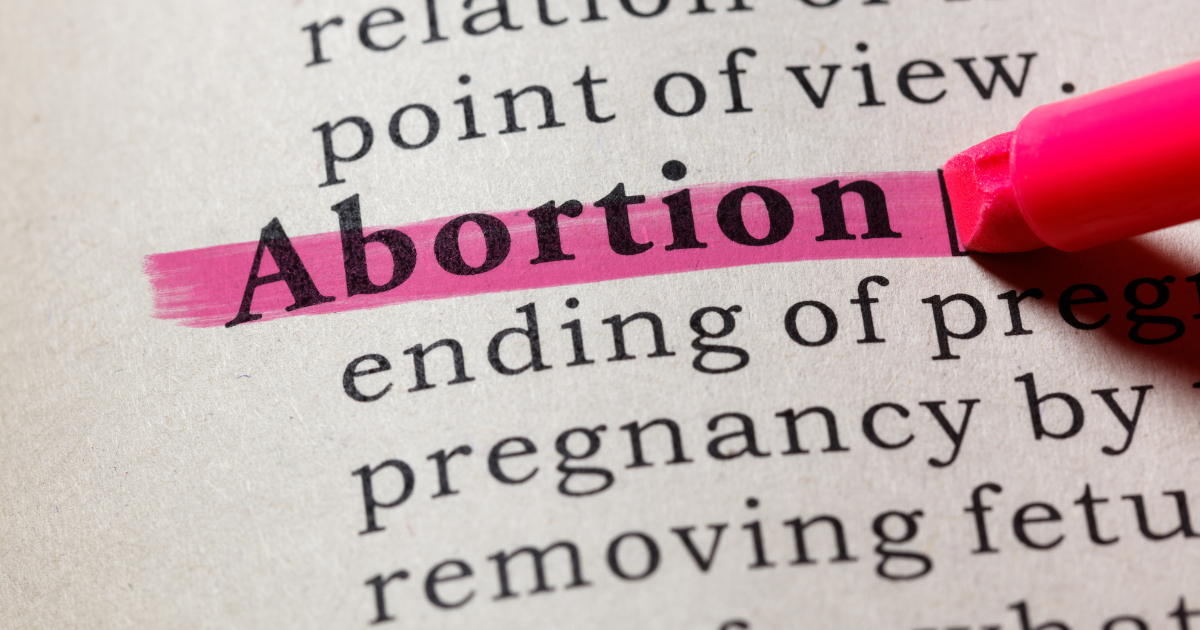Now Reading: How does a bill become a Law in USA ?
-
01
How does a bill become a Law in USA ?

How does a bill become a Law in USA ?
The legislative process in the United States is an intricate and multifaceted procedure by which a proposed bill undergoes a transformation into a fully enacted law. A comprehensive comprehension of this process is imperative for individuals who possess an interest in the creation and formation of laws within the American system of government. The objective of this article is to present a comprehensive exposition on the legislative process by which a bill is transformed into a law within the United States.
Step 1: Bill Drafting: The process begins when a member of Congress, either a senator or a representative, conceives an idea for legislation. They work with their staff and legal experts to draft a bill that outlines the proposed law’s purpose, content, and desired outcomes. This initial step is vital, as it lays the groundwork for the subsequent stages of the legislative process.
Step 2: Introduction of the Bill: Once the bill is drafted, the sponsoring member of Congress introduces it in either the House of Representatives or the Senate. The bill receives a number and is officially entered into the legislative record. Bills can originate in either chamber, except for revenue-related bills, which must begin in the House of Representatives.
Step 3: Committee Review: After its introduction, the bill is referred to the appropriate committee for review. Committees are specialized groups of legislators who possess expertise in specific areas, such as finance, foreign affairs, or education. These committees thoroughly examine the bill, hold hearings to gather information, and may amend or revise its content.
Step 4: Subcommittee Review: Within the committee, the bill may be further scrutinized by subcommittees that focus on specific aspects of the legislation. Subcommittees conduct more detailed investigations, hold additional hearings, and make recommendations regarding the bill’s content.
Step 5: Committee Mark-up and Voting: Once the committee and its subcommittees have completed their review, they reconvene for a mark-up session. During mark-up, committee members propose and debate amendments to the bill. If the committee approves the bill, it is sent to the full chamber for further consideration. However, if the committee rejects the bill, it can effectively halt its progress.
Step 6: Floor Debate and Voting: When the bill reaches the floor of the chamber (House of Representatives or Senate) for debate, members have the opportunity to present arguments for or against its passage. Amendments can be proposed, discussed, and voted upon during this stage. Once the debate concludes, a vote is taken. If a majority of the chamber’s members vote in favour of the bill, it moves to the other chamber for consideration.
Step 7: Second Chamber Review: The bill then goes through a similar process in the other chamber. It is referred to the appropriate committee, where it undergoes review, amendment, and voting. If the committee approves the bill, it proceeds to the floor of the second chamber for debate, amendment, and voting.
Step 8: Conference Committee: If both chambers pass similar but not identical versions of the bill, a conference committee is formed. The conference committee consists of members from both chambers who work together to reconcile the differences between the two versions. They negotiate and propose a compromise bill that must be approved by both the House and the Senate.
Step 9: Presidential Approval: Once the conference committee agrees on a compromise bill, it returns to both chambers for a final vote. If the bill passes in both chambers, it is sent to the President of the United States. The President has the power to sign the bill into law, veto it (send it back to Congress), or take no action. If the President vetoes the bill, Congress can override the veto with a two-thirds majority vote in both chambers.
Step 10: Law Implementation: If the bill is signed by the President or if Congress overrides a veto, the bill becomes law. At this point, government agencies responsible for enforcing the law begin developing regulations and guidelines for its implementation.
Conclusion:
The legislative process in the United States is designed to ensure thorough examination and debate of proposed laws. From bill drafting to committee review, floor debates, and final approval by the President, the process provides multiple opportunities for input, amendment, and deliberation. While the process can be lengthy and complex, it serves as a crucial mechanism for shaping the laws that govern the nation.










